 Author Jenny Milchman is a lover of bookstores. She shares her favorite independent shops (and nearby stops) across the US. Time to sit back, hit the road, and read your way across the nation.
Author Jenny Milchman is a lover of bookstores. She shares her favorite independent shops (and nearby stops) across the US. Time to sit back, hit the road, and read your way across the nation.
Image credit: Custom bookshelf designed by artist Ron Arad.
You can drive cross-country visiting amusement parks or baseball fields. You can eat your way across the country road food-style or get your kicks on route 66. But if you're a mystery fan, you can see America bookstore by bookstore—and possibly have the biggest adventure yet.
My family of four set out with stops scheduled at 19 mystery bookstores...
The Mysterious Bookshop (New York, New York)
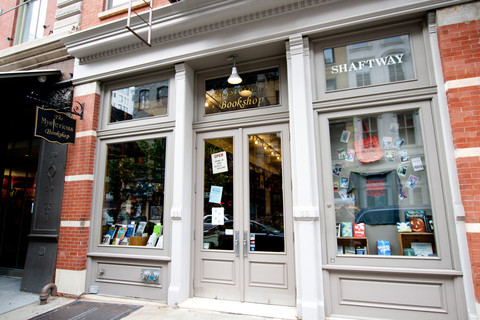
We began at The Mysterious Bookshop, located in the snaking skein of streets in lower Manhattan. Mystery Editor Otto Penzler owns this bookstore and has peopled it with booksellers as passionate and learned as he. In addition to being a place where you can snatch up the newest blockbuster, this bookshop also serves as a mystery museum. As you make your way from the front of the store to the rear, you take a journey back in time. You can view the history of our genre preserved behind glass doors. There are rare books, signed first editions, and the largest collection of Sherlock Holmes works in the country. But nothing about the shop is archaic. It's a happening spot in a happening city, with a full calendar of events, launch parties, and a mystery book club that draws members from far beyond New York. The Mysterious Bookshop, 58 Warren Street, New York, NY 10007. Tel: 212-587-1011, www.mysteriousbookshop.com
Moonstone Mystery Books (Flemington, New Jersey)

You can't plan a tour of bookstores and not run into the claim that they are foundering. We found that reports of this demise were greatly exaggerated. How, in this virtual age, are the bricks and mortars continuing to thrive? One answers lies in the booksellers themselves.
Marilyn Thiele is one such person. There is a blend of new and gently used books at Moonstone Mystery Books, which is tucked away on a quiet street in Flemington, New Jersey. Despite the out-of-the-way location, customers are drawn by a myriad of strategies, including a dessert buffet at author events. But cake can only go so far. (Well, in my experience, cake can go very far.) Still, a successful bookstore relies on a whole bouquet of appealing approaches. Readers love finding books set in locations they know, and by local authors, and so Thiele features a wide range of titles with a New Jersey element. But even as a locavore movement surges, the globe also seems to be shrinking. Moonstone Mystery carries contemporary blockbusters, classics, and foreign mysteries in translation—from the Scandinavians to titles from Latin America and China. The Moonstone Mystery Bookstore, 12-14 Bloomfield Avenue, Flemington, NJ 08822. Telephone: 908-788-9094, www.facebook.com/pages/Twice-Told-Tales-The-Moonstone-Mystery-Book-Store
Nearby: Flemington is a charming Victorian town, in which you would expect something like a proper English tea house, and indeed you can have your scones and cucumber sandwiches at Teaberry's. For a more contemporary American culinary experience, try 55 Main or Matt's Red Rooster Grill.
Murder on the Beach (Delray Beach, Florida)
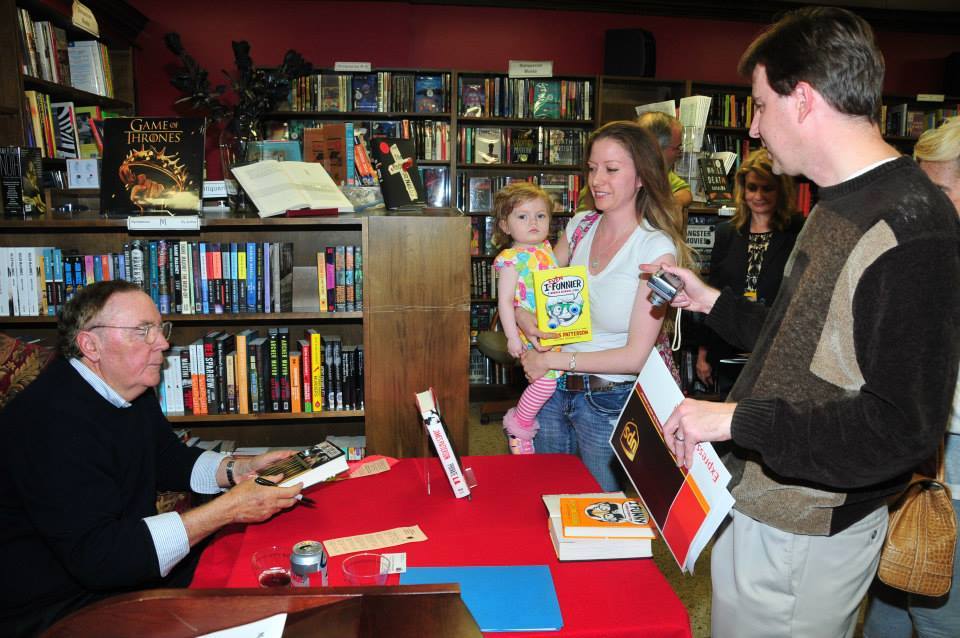
A recent James Patterson signing at Murder on the Beach.
Another bookseller who understands the wisdom of local is Joanne Sinchuk of Murder on the Beach, in Delray Beach, Florida. This bookstore specializes in regional mysteries, and indeed its very setting is perfect for a mystery. Wind-swept beaches, rustling palm fronds, and a blue sky that means you simply know all is not well. Inside a reader will find new, used, and antiquarian titles, with an emphasis on signed first editions by Florida authors. Oh, and a skeleton guarding the gate. What's a mystery without a dead body? Murder on the Beach,
273 NE 2nd Ave, Delray Beach, FL 33444. Telephone: 561-279-7790, www.murderonthebeach.com
Mysteries & More (Nashville, Tennessee)
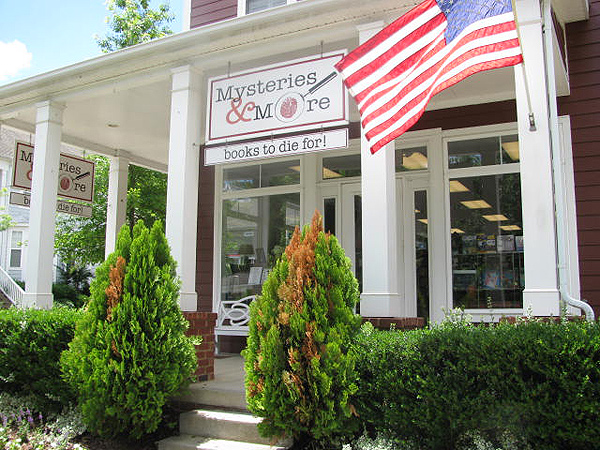
Photo by Jen Forbus from jensbookthoughts.com.
Mysteries & More outside Nashville, Tennessee, is a cozy place that allows owners Greg and Mary Bruss to surround themselves with the mysteries they loved reading all their lives. Their stock is 90% used and 10% new with an emphasis on local authors. But in a city whose population rallied in protest when the last independent bookstore closed in 2010, M&M holds a special place. The Brusses open their doors to special events such as the 4th of July Free Lunch & Carnival, and these have become the "lifeblood of the store." Mysteries and More, 6965 Sunnywood Drive, Nashville, TN 37211. Telephone: 615-837-3300, www.mysteriesandmore.net
Mystery Lovers Bookshop (Oakmont, Pennsylvania)

Laurie Stephens of Mystery Lovers Bookshop in Oakmont, Pennsylvania, talks about the bookseller factor when she describes the care taken to make sure that each book recommendation is precisely pegged to the customer who asks. Readers who live nowhere near Pittsburgh routinely phone in orders; Laurie and her staff tuck peppermints into each shipment. This bookstore moves beyond local in another way as well. On MLB's bathroom walls you can find the signatures of every mystery author who has ever visited, which is seemingly every one who has ever written. You may have to climb over the toilet to see it, but yes, that's Lisa Gardner's scrawl up there. Mystery Lovers Bookshop, 514 Allegheny River Boulevard, Oakmont, PA 15139. Telephone: (412) 828-4877, www.mysterylovers.com
Aunt Agatha’s Bookshop (Ann Arbor, Michigan)

Aunt Agatha's in Ann Arbor, Michigan, won the 2013 Raven award, and indeed the place is like a candy store for mystery lovers. Robin Agnew has held onto everything from the Pocket display rack for early pulp paperbacks to the toy safe that Steve Hamilton's publisher sent out to promote The Lock Artist. The store carries new and used titles. Robin loves the happy accidents—such as when a first edition of C Is For Corpse turned up in a box she was unpacking—but her approach to bookselling is quite deliberate. Robin or one of her booksellers will go so far as to place a title in a customer's hands. The fact that many they suggest wind up on the bookstore's bestseller list suggests they are doing their job—and a service to mystery readers. Aunt Agatha's Bookshop, 213 S. 4th Ave #1A, Ann Arbor, MI 48104. Telephone: 734-769-1114
Nearby: A few blocks away is Grange Kitchen and Bar, a lovely farm to table restaurant serving local food and fancy cocktails. Also in town is the University of Michigan and its Hopwood Program for Creative Writing, something that tempted me as a teenaged writer, and inspired my daughter to want to go to college after all.
Mystery to Me (Madison, Wisconsin)

Moving farther west, Mystery to Me had just opened in Madison, Wisconsin, when we arrived. The streets were balmy and customers were walking in and out of the store. Bookseller Joanne Berg carries new and gently used titles, with a growing emphasis on children's books. She wants the bookstore to become a hub of the community, and author events are a large part of that. We wondered how a bookstore comes to life in the cyber age, and found one answer in the enormous screen on the wall, which allows authors from all over the globe to appear via Skype—not to mention spooky music played via Pandora to get browsers in the mystery mood. Mystery to Me, 1863 Monroe St, Madison, WI. Telephone: (608) 283-9332, www.mysterytomebooks.com
Nearby: Madison is a very cool college town, with the culture and inexpensive ethnic dining you'd expect with that. For Laotian food, try Vientiane Palace Restaurant. There's also Dumpling Haus and Umami Ramen & Dumpling Bar (clearly, I like dumplings). For an upscale meal, try Harvest, which is across the street from the gorgeous white marble Capitol Building and steps away from the Madison Children's Museum.
Mystery One Bookstore (Milwaukee, Wisconsin)
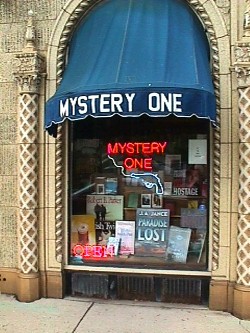 In Milwaukee, Wisconsin, a mystery lover can find an icon of the field. Mystery One is roughly the size of a box truck whose every cubic inch is filled with books. Owner Richard Katz has an encyclopedic knowledge of the genre, and any trip to the store will find first editions, signed and carefully preserved with plastic, as well as scores of forgotten finds. Mystery One Bookstore, 2109 N. Prospect Avenue, Milwaukee, WI 53202. Telephone: 414-347-4077, www.mysteryone.com
In Milwaukee, Wisconsin, a mystery lover can find an icon of the field. Mystery One is roughly the size of a box truck whose every cubic inch is filled with books. Owner Richard Katz has an encyclopedic knowledge of the genre, and any trip to the store will find first editions, signed and carefully preserved with plastic, as well as scores of forgotten finds. Mystery One Bookstore, 2109 N. Prospect Avenue, Milwaukee, WI 53202. Telephone: 414-347-4077, www.mysteryone.com
Big Sleep Books (St. Louis, Missouri)

Missouri and Kansas may not be states with the densest populations, but they belong on any mystery lover's map. In St. Louis, you can visit Big Sleep, another tiny, book-crammed store. We found an interesting contrast between mystery bookstores; the categories could be described as new and shiny versus gritty and gray. Neither is superior—think blockbuster versus noir. Readers might prefer one over the other, or favor both. Big Sleep falls into the latter category. After a conversation with owner Ed King, any mystery lover will walk away better informed and enriched by at least a few rarely seen reads. Big Sleep Books, 239 N Euclid Ave., St. Louis, MO 63108, Telephone: 314-361-6100, www.bigsleepbooks.com
Nearby: Around the corner is one of the more specific museums you will encounter, the World Chess Hall of Fame, four stories devoted to the game, the greats who have played it, and astonishing chess sets, from the precious to the whimsical. A few blocks in the other direction is Forest Park, a 1,400 acre urban greenspace that houses the Saint Louis Art Museum, the zoo, the Missouri History Museum, and many other nifty sites.
MysteryScape Bookstore (Overland Park, Kansas)

Author Patrick Rothfuss at a MysteryScape reading.
Just outside Kansas City, in Overland Park, there is a bookstore called MysteryScape that is arguably Big Sleep's polar opposite. It's branding for the new millennium, an oasis of innovation. Right down to the logos and display, MysteryScape has its own exquisite design aesthetic. Owner Cheri LeBlond believes that for a bookstore to thrive it must provide both entertainment and a personal connection. She calls her booksellers Escapologists and says the bookstore promises three things: escape, intrigue, and diversion. This could mean anything from finding the perfect, transporting title to watching a play adapted from a mystery tale performed right there in the store. Professional and amateur actors, minimal props and costumes, but plenty of suspense. There'll even be a discussion afterwards along with a potluck dinner. MysteryScape Bookstore, 7309 West 80th Street, Overland Park, KS 66204. Telephone: 916-649-0000, www.mysteryscape.com
Nearby: You know you spend a lot of time on book tour when you live on the East Coast and have a favorite dumpling restaurant in Kansas City. Mine is Blue Koi Noodles & Dumplings, where you can get a plate of maybe a dozen fried ones with several sauces, or a big bowl of them with noodles and greens in a half dozen choices of broth. The Alamo Drafthouse shows new and vintage movies, and has a video arcade with classic games from the 1980s, which is a major but rarely indulged craving of my husband's. Occasionally, they have events where you play video games on the movie screen. How cool is that? A bit closer to the bookstore in Overland Park, a few doors down in fact, is Smallcakes a Cupcakery, which tells you all you need to know.
Murder by the Book (Houston, Texas)

The great state of Texas is home to one terrific mystery bookstore, and one that's just a little bit different. Mention Houston to mystery lovers and you'll probably hear Murder by the Book. McKenna Jordan's cavernous palace displays new books arrayed on tables like jewels in cases, signed copies, plus a staggering event schedule. Murder by the Book, 2342 Bissonnet St., Houston, TX 77005. Telephone: 713-524-8597, www.murderbooks.com
Book People (Austin, Texas)

In Austin, Book People contains a secret, as does any good mystery. Wend along the aisles of the store and you will come to "Mystery People," the brainchild of "Crime Fiction Coordinator" Scott Montgomery. A series of soaring shelves hold current titles as well as a range of thematic displays. Thanks to Scott's avid love of the genre, and ability to tailor this bookstore-within-a-bookstore, authors who may be overlooked elsewhere find their day in the hot Texas sun. Book People, 603 N Lamar Blvd, Austin, TX 78703. Telephon: (512) 472-5050, www.bookpeople.com
Nearby: This may be our only bookstore-within-a-bookstore…the great Scott Montgomery’s brainchild. Plus, there is some of the country’s best ice cream around the corner at Amy’s. The talented scoop guys even juggle your dips!
The Poisoned Pen (Scottsdale, Arizona)

Image courtesy of litreactor.com
The Poisoned Pen in Scottsdale, Arizona, boasts columns in shades of sand and straw that call to mind their desert home. The Pen is a grand space, and its ambition and reach are grand as well. This bookstore contains mostly new mysteries, thrillers, and suspense novels, displayed on tables in tempting starbursts and arrays. Owner Barbara Peters describes what might be called book theater—that intersection between literature and entertainment, which we heard about back in Kansas. "We reinvented The Pen as a media company sometime back," Barbara says. "You can buy a book anywhere, but online you can't buy the experience [of finding it] or the face-to-face with authors. A new book is a ticket to an evening or afternoon out." Events include food and giveaways, a real party either in the bookstore or offsite. Well over 100 authors have signed every single one of their titles in this store. Why not see when your favorite is planning a trip? The Poisoned Pen, 4014 N Goldwater Blvd #101, Scottsdale, AZ. Telephone: (480) 947-2974, www.poisonedpenpress.com
Nearby: Pane Bianco in Phoenix is a lovely place for artisan pizza and salads. In the mood for Earl Grey Chocolate Tartlets? Try Arcadia Farms Cafe. For new Italian comfort food, Cafe Forte is right around the corner.
Clues Unlimited (Tucson, Arizona)

Arizona is home to more than one mystery gem. In Tucson, Clues Unlimited boasts a friendly dog you might be lucky enough to meet, and a range of new and used titles. Bookseller Chris Burke's particular interest is in used copies of out-of-print mysteries, ones that might otherwise be lost to the browsing customer. This bookstore is also the place to find titles that "push the envelope," literary thrillers that at first glance might not be considered to fit within the genre. Clues Unlimited, 3146 E. Fort Lowell Rd, Tucson, AZ 85716. Telephone: 520-326-8533, cluesunlimited.com
Nearby: Tucson has the most perfect museum there could possibly be for kids, The Mini-Time Machine, A Museum of Miniatures. This is 15,000 square feet of miniature houses, rooms, and landscapes, what my daughter calls "scene setups." If you like dollhouses or miniatures, you need to see this place. My son likes it because in many of the scenes are little cars, of all periods and scales, which is his thing. Tucson is also only an hour from Sonora, Mexico, and has too many Sonoran places to name, as well as lots of modernist places, such as the gastropubWilko or Umi Star for Japanese fusion and clever drinks.
Mysterious Galaxy (San Diego, California)

Mysterious Galaxy has not one but two locations in southern California and just celebrated its twentieth birthday with a huge gala. (Yes, there was cake). There were also authors from all over the country. One of the owners, Maryelizabeth Hart, explains that MG, as it's lovingly known, carries mostly new titles, including many signed first editions: "the collectibles of tomorrow." This focus on new arises from how "many titles there are to be excited about." Maryelizabeth and the other booksellers here delight in discovering new authors. Events are a big part of bookstore life, as we've seen elsewhere. The store employs a "have books, will travel" approach whereby libraries, fitness centers, and private homes all become sites for unique events. Mysterious Galaxy Bookshop, 7051 Clairemont Mesa Blvd, San Diego, CA 92111. Telephone: 858-268-4747, www.mystgalaxy.com
Mystery Ink (Huntington Beach, California)
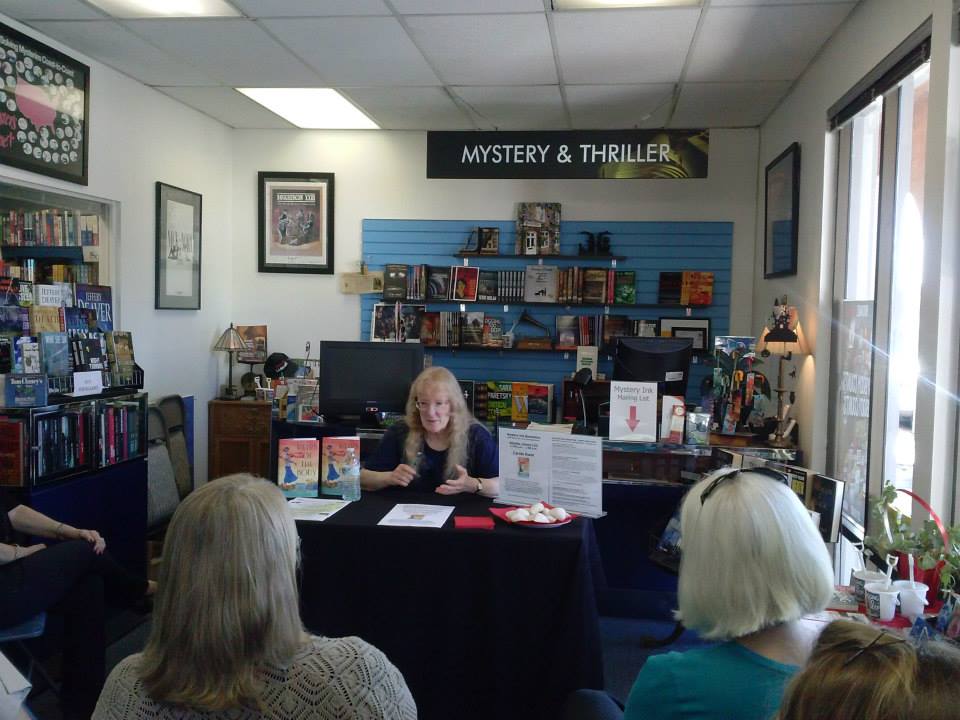
Carola Dunn signing at Mystery Ink.
California boasts two other mystery bookstores that are off-the-beaten-freeway, but well worth a trip. Mystery Ink in Huntington Beach is a tiny shop that comes into its own around author events. The number of writers who appear, not to mention their star power, is impressive, especially for such a cozy store. Mystery Ink, 8907 Warner Avenue #136, Huntington Beach, CA 92647. Telephone: 714-960-4000, www.mysteryink.com
Book 'em Mysteries (Pasedena, California)

Storefront for Book'em Mysteries. Photo from LA Times Blog.
Book 'Em Mysteries in South Pasadena carries a range of new and used mysteries, and exemplifies yet another way in which a bookstore can be an important part of any fan's life. The store sponsors a mystery book club and holds meetings to discuss titles. Book’em Mysteries, 1118 Mission St., S. Pasadena, CA 91030. Telephone: 626-799-9600, www.bookem.com
Seattle Mystery Bookstore (Seattle, Washington)

On a steep street in Seattle, down a flight of stairs, lies a semi-subterranean repository of books. Seattle Mystery Bookstore boasts many current titles, with a middle grade and young adult section curated by a bookseller who retains a child's enthusiasm for discovering books. Actually, Fran, JB, and all of the booksellers at Seattle Mystery retain this enthusiasm. It was here that we encountered the most serious collectors of our trip. Authors from Lee Child to Hank Phillippi Ryan hightail it out to Seattle so that attendees at events can have their books signed and dated within thirty days of publication. The chalkboard roster on the wall shows that a trip to the farthest corner of the lower forty-eight is considered well worth it—for authors and readers. Seattle Mystery Bookstore, 117 Cherry Street, Seattle, WA 98104. Telephone: 206-587-5737, www.seattlemystery.com
Once Upon a Crime (Minneapolis, Minnesota)
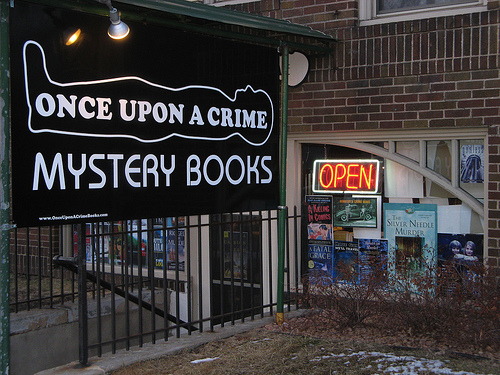
Once Upon a Crime in Minneapolis, Minnesota is owned by Gary Schulze and Pat Frovarp, who met as collectors and decided to open a bookstore. They stock a blend of new, used, and antiquarian titles, the latter in the Mystery Annex. Like many of the booksellers in this article, Gary and Pat feel that author events, discovering new writers, and communing with readers are some of the greatest pleasures of running a bricks and mortar. And oh, the stories they tell. If you stop in the next time you're in Minnesota, you might get to hear Gary describe the inscribed edition of John D. MacDonald's I Could Go On Singing that he sold. Gary explains, "This was a movie tie-in of a Judy Garland bio-pic, with only one printing ever made. Apparently MacDonald hated it, was perhaps a bit embarrassed by it, and asked the publisher not to reprint it. In the inscription, he wrote To ---- Please don't read this. Priceless." Once Upon a Crime, 604 W. 26th Street, Minneapolis, MN 55405. Telephone: 612-870-3785, www.onceuponacrimebooks.com
Nearby: The Twin Cities, in high summer at least, include verdant greenery, and my kids playing in the fountain at Whittier Park just before a soft and gauzy rainstorm. Or cooling off at Common Roots with an iced tea spiked with herbs grown in the garden just around the corner. Also nice for French pastries and a light lunch is French Meadow Bakery & Cafe. We don’t only eat out while on the road. Sometimes we stay put for a few days, get groceries, and cook. And we always try to have cereal, milk, and fruit on hand for breakfast. We've come to appreciate nice supermarkets well-placed near bookstores. A particularly nice one is Wedge Community Co-Op, a true local, community-owned, farm-oriented market.
***
We learned on our travels that just as every mystery tells a story, so does every mystery bookstore. There are many ways to find mysteries today. But hearing the tales behind the books, seeing their lore, meeting the authors, and talking to stars as your copy is signed? Well, as Gary Schulze of OUAC might say, that is truly priceless.
Jenny Milchman is a suspense writer who until recently lived on the road with her family on what Shelf Awareness called "the world's longest book tour." Jenny's debut novel, Cover of Snow, was published by Ballantine/Random House in 2013. Her second novel, is Ruin Falls (Ballantine, April 2014). She currently lives and writes in upstate New York. jennymilchman.com


 Author Jenny Milchman is a lover of bookstores. She shares her favorite independent shops (and nearby stops) across the US. Time to sit back, hit the road, and read your way across the nation.
Author Jenny Milchman is a lover of bookstores. She shares her favorite independent shops (and nearby stops) across the US. Time to sit back, hit the road, and read your way across the nation.






 In Milwaukee, Wisconsin, a mystery lover can find an icon of the field. Mystery One is roughly the size of a box truck whose every cubic inch is filled with books. Owner Richard Katz has an encyclopedic knowledge of the genre, and any trip to the store will find first editions, signed and carefully preserved with plastic, as well as scores of forgotten finds.
In Milwaukee, Wisconsin, a mystery lover can find an icon of the field. Mystery One is roughly the size of a box truck whose every cubic inch is filled with books. Owner Richard Katz has an encyclopedic knowledge of the genre, and any trip to the store will find first editions, signed and carefully preserved with plastic, as well as scores of forgotten finds. 










 Mystery and crime stories were a main source of programming during the golden age of what is now known as “old-time radio” (1935 to 1960, say).
Mystery and crime stories were a main source of programming during the golden age of what is now known as “old-time radio” (1935 to 1960, say).





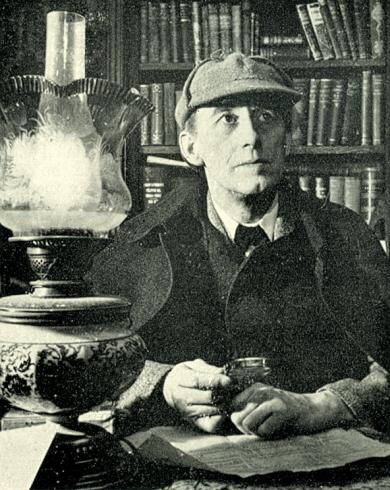 Mystery and crime stories were a main source of programming during the golden age of what is now known as “old-time radio” (1935 to 1960, say).
Mystery and crime stories were a main source of programming during the golden age of what is now known as “old-time radio” (1935 to 1960, say).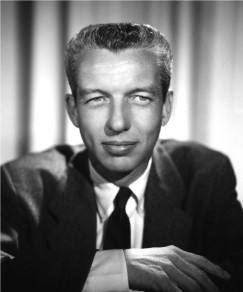


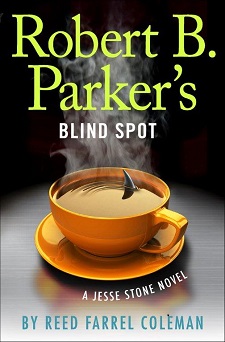
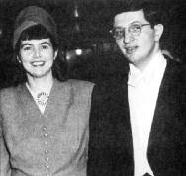


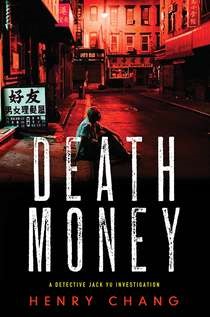


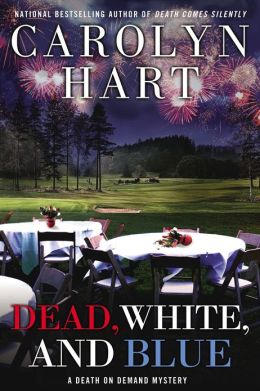
 Julie Hyzy
Julie Hyzy




 BEST CONTEMPORARY NOVEL
BEST CONTEMPORARY NOVEL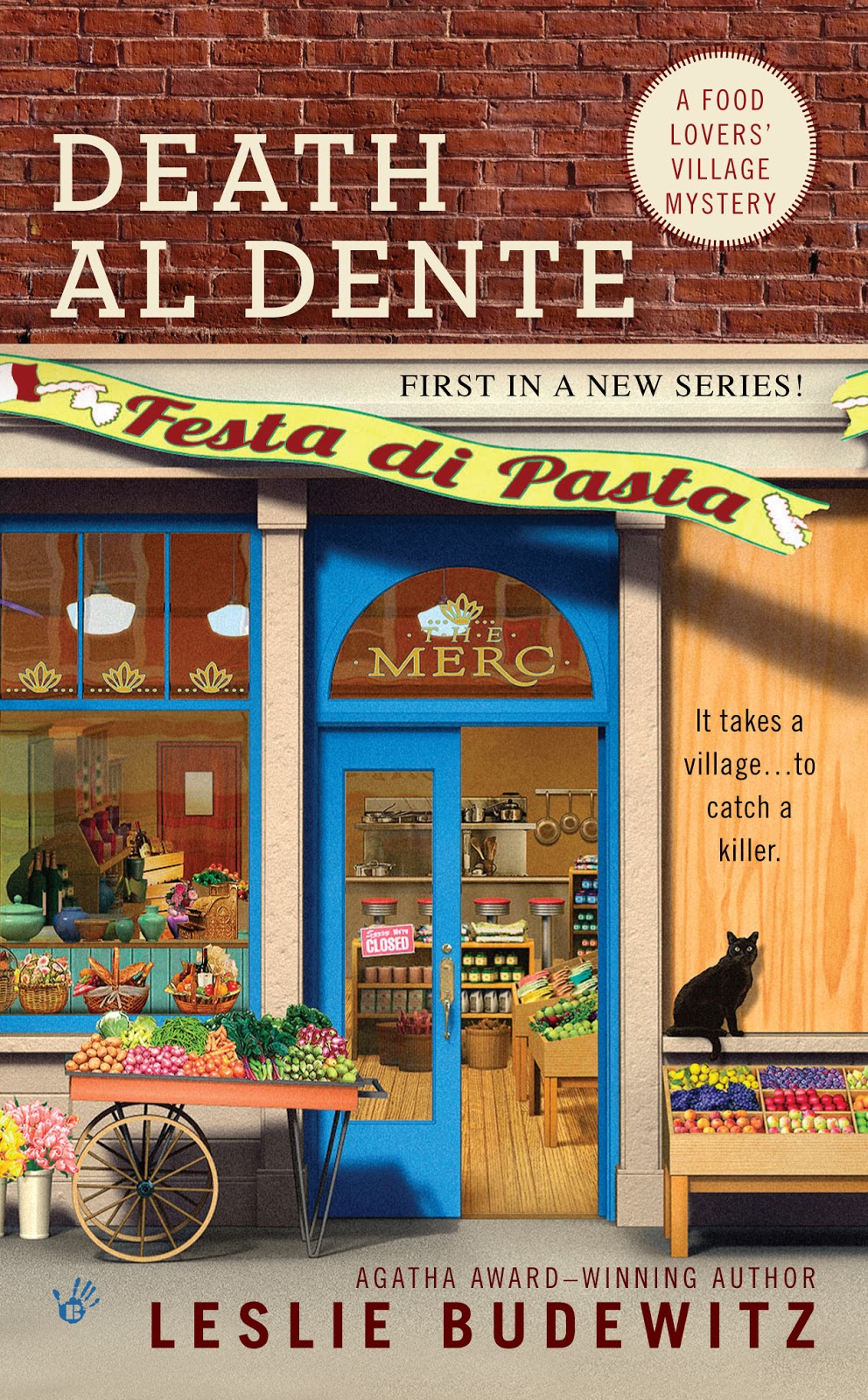 BEST FIRST NOVEL
BEST FIRST NOVEL BEST HISTORICAL NOVEL
BEST HISTORICAL NOVEL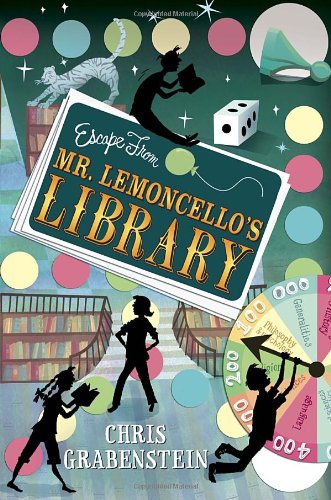 BEST CHILDREN'S/ YA
BEST CHILDREN'S/ YA BEST NONFICTION
BEST NONFICTION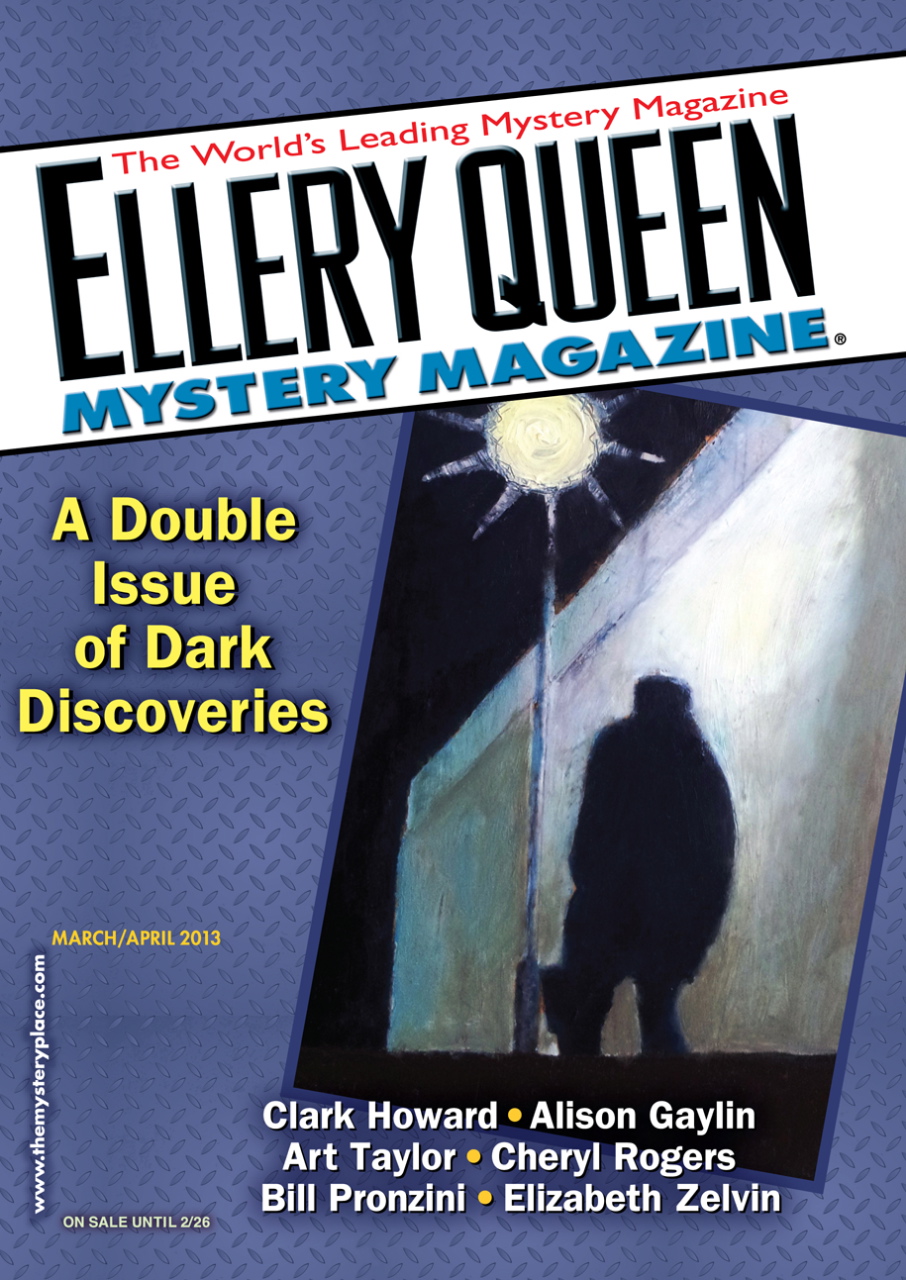 BEST SHORT STORY
BEST SHORT STORY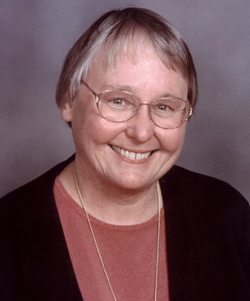
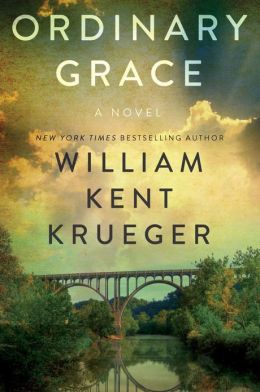
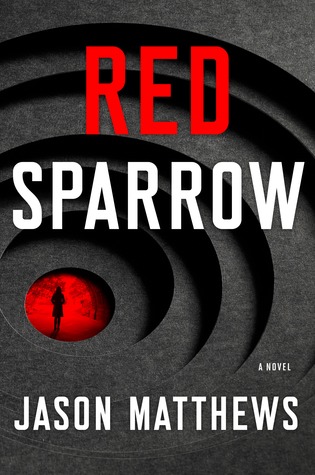 BEST FIRST NOVEL BY AN AMERICAN AUTHOR
BEST FIRST NOVEL BY AN AMERICAN AUTHOR BEST PAPERBACK ORIGINAL
BEST PAPERBACK ORIGINAL BEST CRITICAL/BIOGRAPHICAL
BEST CRITICAL/BIOGRAPHICAL BEST SHORT STORY
BEST SHORT STORY BEST JUVENILE
BEST JUVENILE BEST YOUNG ADULT
BEST YOUNG ADULT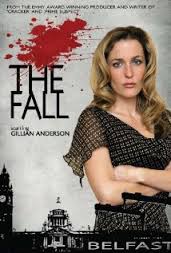 BEST TELEVISION EPISODE TELEPLAY
BEST TELEVISION EPISODE TELEPLAY GRAND MASTER
GRAND MASTER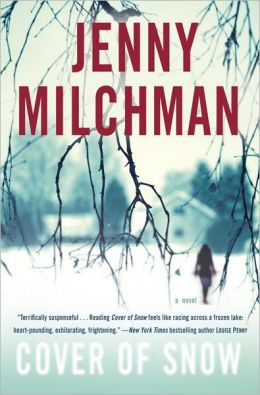 THE SIMON & SCHUSTER - MARY HIGGINS CLARK AWARD
THE SIMON & SCHUSTER - MARY HIGGINS CLARK AWARD
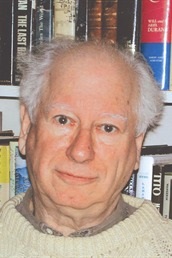

 Twice is nice
Twice is nice
 After 10 years, Veronica Mars is back in the news and on the big screen with a
After 10 years, Veronica Mars is back in the news and on the big screen with a 
 This groundbreaking television series about two strong, intelligent female detectives redefined the cop show.
This groundbreaking television series about two strong, intelligent female detectives redefined the cop show. Like Sara Paretsky’s V.I. Warshawski or Rex Stout’s Nero Wolfe, Cagney & Lacey’s crime stories were often driven by issues. But no one was interested in a unified liberal mind-set. Jeffries calls it “progressive humanism.” Cagney leaned right—she was all about law and order; Lacey leaned left, a blue-collar liberal. When it came to personal issues, they often reversed their positions. Cagney took on workplace discrimination and date rape. Lacey tended to be more subservient to authority; she could not afford to lose her job. It was very common to process the issues through their disagreement. Jeffries says, “One of the goals of the series was [to show] the complexities of each individual behind the badge.”
Like Sara Paretsky’s V.I. Warshawski or Rex Stout’s Nero Wolfe, Cagney & Lacey’s crime stories were often driven by issues. But no one was interested in a unified liberal mind-set. Jeffries calls it “progressive humanism.” Cagney leaned right—she was all about law and order; Lacey leaned left, a blue-collar liberal. When it came to personal issues, they often reversed their positions. Cagney took on workplace discrimination and date rape. Lacey tended to be more subservient to authority; she could not afford to lose her job. It was very common to process the issues through their disagreement. Jeffries says, “One of the goals of the series was [to show] the complexities of each individual behind the badge.”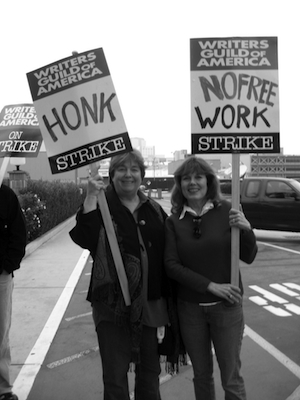
 William Campbell Gault was a serious writer, as concerned with social issues and non-simplistic morality as with telling an entertaining, fast-moving story. (Warning! This article contains plot spoilers.)
William Campbell Gault was a serious writer, as concerned with social issues and non-simplistic morality as with telling an entertaining, fast-moving story. (Warning! This article contains plot spoilers.) The book has a bittersweet quality, conveying the loneliness of the holiday season for the unattached and harshly satirizing the commercialized Christmas celebration that goes on while Americans are cold and dying in Korea. The finishing confrontation between Pete and a surprising but believable killer is matched by an unexpected but appropriate ending to the romantic story. Gault’s local color and pervasive literary references sometimes seem extraneous rather than organic, and the social commentary would be better integrated with the story in later books. Still, Don’t Cry for Me remains a remarkable debut.
The book has a bittersweet quality, conveying the loneliness of the holiday season for the unattached and harshly satirizing the commercialized Christmas celebration that goes on while Americans are cold and dying in Korea. The finishing confrontation between Pete and a surprising but believable killer is matched by an unexpected but appropriate ending to the romantic story. Gault’s local color and pervasive literary references sometimes seem extraneous rather than organic, and the social commentary would be better integrated with the story in later books. Still, Don’t Cry for Me remains a remarkable debut. Gault’s best-known series hero makes his debut in Ring Around Rosa (1956). Beverly Hills private eye Brock (the Rock) Callahan, who had three years in the wartime OSS before playing guard for the Los Angeles Rams, is the son of a San Diego policeman killed in the line of duty. He knows all the LAPD’s Rams fans but gradually finds himself losing his cop friends. Brock’s doubts about his abilities as an investigator will assail him periodically throughout the series. In a variation on Chandler’s Farewell, My Lovely, boxer Juan Miro (a little client, in contrast to Chandler’s massive Moose Malloy) wants Callahan to find his missing fiancée, the nightclub stripper Rosa. Brock meets interior decorator Jan Bonnet, launching a prickly but strong relationship that will continue throughout the series. The novel ends satisfactorily with one of private eye fiction’s standard least-suspected-person solutions, well executed with genuine clues.
Gault’s best-known series hero makes his debut in Ring Around Rosa (1956). Beverly Hills private eye Brock (the Rock) Callahan, who had three years in the wartime OSS before playing guard for the Los Angeles Rams, is the son of a San Diego policeman killed in the line of duty. He knows all the LAPD’s Rams fans but gradually finds himself losing his cop friends. Brock’s doubts about his abilities as an investigator will assail him periodically throughout the series. In a variation on Chandler’s Farewell, My Lovely, boxer Juan Miro (a little client, in contrast to Chandler’s massive Moose Malloy) wants Callahan to find his missing fiancée, the nightclub stripper Rosa. Brock meets interior decorator Jan Bonnet, launching a prickly but strong relationship that will continue throughout the series. The novel ends satisfactorily with one of private eye fiction’s standard least-suspected-person solutions, well executed with genuine clues.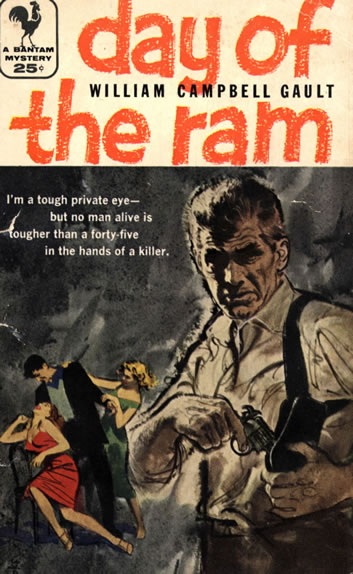 Gault’s other ’50s private eye, Joe Puma, shares many superficial characteristics with Brock Callahan: a big guy, more confident about his muscle than his intellect, operating out of Beverly Hills. But while the reader knows Brock will always do the right thing, Joe threatens to spin out of control. For all his talk about honesty, surrounded by temptations he moralistically resists, he seems to protest too much. He is obsessed with the idea of marrying a rich woman. One senses Joe has his price, albeit a high one. Where Brock values male bonding and is an integral part of the old-player network, Joe is a man who much prefers the company of women and has contempt for the immaturity of perpetual jocks.
Gault’s other ’50s private eye, Joe Puma, shares many superficial characteristics with Brock Callahan: a big guy, more confident about his muscle than his intellect, operating out of Beverly Hills. But while the reader knows Brock will always do the right thing, Joe threatens to spin out of control. For all his talk about honesty, surrounded by temptations he moralistically resists, he seems to protest too much. He is obsessed with the idea of marrying a rich woman. One senses Joe has his price, albeit a high one. Where Brock values male bonding and is an integral part of the old-player network, Joe is a man who much prefers the company of women and has contempt for the immaturity of perpetual jocks. Through most of the ’50s, Gault continued to write short stories for the mystery digests, the pulps having virtually disappeared. The Joe Puma stories, usually of novelette length and as fully plotted as the novels, would be collected with some early non-series work in the posthumous collection Marksman and Other Stories (2002).
Through most of the ’50s, Gault continued to write short stories for the mystery digests, the pulps having virtually disappeared. The Joe Puma stories, usually of novelette length and as fully plotted as the novels, would be collected with some early non-series work in the posthumous collection Marksman and Other Stories (2002).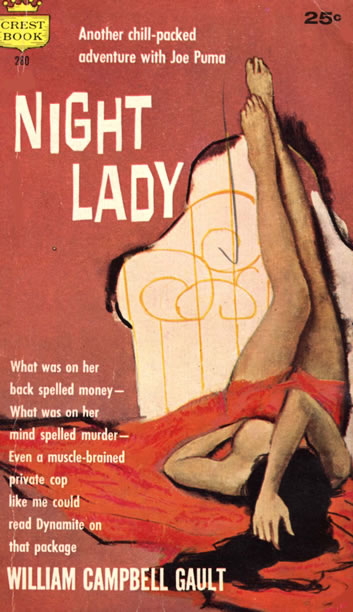 In his last years, Gault contributed columns to Mystery Scene and letters to Mystery and Detective Monthly, was elected president of Private Eye Writers of America and given its lifetime achievement award, and saw two final novels published, both with appreciative introductions by Bill Pronzini: the last Callahan case, Dead Pigeon (1992), and the non-mystery Hollywood novel Man Alive (1995), written in 1957 and admiringly rejected for commercial reasons by his publishers.
In his last years, Gault contributed columns to Mystery Scene and letters to Mystery and Detective Monthly, was elected president of Private Eye Writers of America and given its lifetime achievement award, and saw two final novels published, both with appreciative introductions by Bill Pronzini: the last Callahan case, Dead Pigeon (1992), and the non-mystery Hollywood novel Man Alive (1995), written in 1957 and admiringly rejected for commercial reasons by his publishers.

